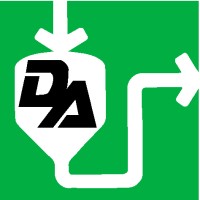
Dynamic Air Inc.
Dynamic Air Inc. specializes in pneumatic conveying of dry bulk solids for the processing industries. We manufacture equipment and systems for handling a wide range of dry bulk materials from silica sand to sugar, with over 15,000 installations worldwide. Find out how our pneumatic conveyor systems and components can improve efficiency, reliability, and overall quality of your material conveying process with our dry bulk material handling solutions. Dynamic Air was founded in 1969 in St. Paul, Minnesota, USA, the location of our Corporate Headquarters. Dynamic Air Inc. and its subsidiaries in Brazil, China and England provide local manufacturing, sales, technical, and service support to customers and representatives worldwide.






